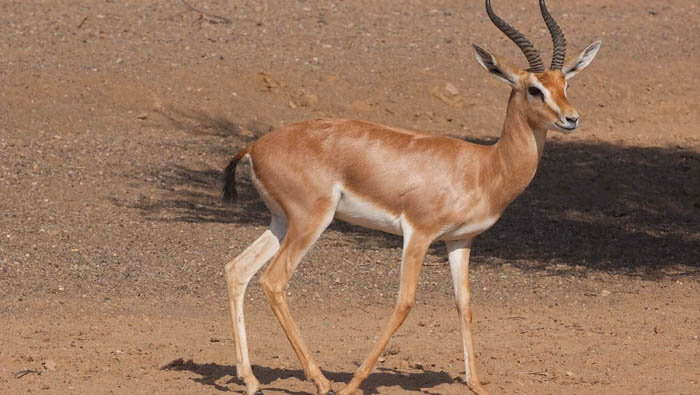
Al Kamil Wal Wafi: The Sultanate seeks to develop eco-tourism in nature reserves to enhance the participation of stakeholders in the development process and to implement international, regional and national policies adopted for sustainable practices, particularly in the conservation and protection of biodiversity in these protected areas in general.
The Sultanate is characterised by many wonderful ecological sites that have been declared as national reserves where the Government has made outstanding efforts to develop them and create a suitable environment for the growth and breeding of wildlife, notably the Turtle Reserve in Ras Al Hadd, Dimaniyat Islands Reserve, Jabal Samhan Reserve and Al Akhwar Reserve or Creeks Reserve in Governorate of Dhofar. These national reserves are the cornerstone of eco-tourism in the Sultanate, with their unique natural resources and attractive ecological diversity.
Al Saleel National Park is the most important site in the Middle East, which is considered a habitat for the Arabian deer, is the largest according to studies.
The last study mentioned that there is 7 per cent of the world herd in this reserve. The park is located in the Wilayat of Al Kamil Wal Wafi in the Governorate of South A'Sharqiyah, about 57 kilometers from the Wilayat of Sur.
The park covers an area of 220 square kilometres. It was declared under Royal Decree No. 50/97 with an area of 220 square kilometres.
The main purpose of the establishment of the reserve is to protect the vegetation cover and wildlife. This is to allow visitors to identify the reserve without adversely affecting the site, in addition to encouraging activities based on the ecotourism that increase economic benefits directly or indirectly to the community.
It is located in the belt of arid and semi-arid areas where the amount of rainfall throughout the year is less than 150 mm. Most of the rainfall occur during winter and the temperature falls between mid-October and March, and goes up in summer to more than 35 degrees Celsius, where the region is affected in this season by the seasonal southwesterly wind, which reduces temperatures in some days of summer especially at night.
Al Saleel National Park is distinguished by a variety of physical and natural components that give the reserve a unique importance. Eastern Al Hajar Mountains Range is located in the north part of the park where there are fossil formations, an indication of the location of the area in shallow waters millions of years ago. on the other side, plains form large areas of the reserve.
The reserve has a unique biological diversity in the environmental unit of the Interior Eastern Plain. It is characterised by a wide spread of forests of Acacia trees, and more than 100 species of wild plants and trees while there are more than 8 types of mammals, such as Arabian gazelle, Arabian fox, red fox, Omani wild cat, and wild rabbit, as well as other types of small mammals, in addition to more than 30 species of wild birds. As for the reptiles, 8 types of reptiles were seen in the reserve and 166 species of insects.
Eng. Zahir bin Hamad Al Riyami, Director General of Tourism Development at the Ministry of Tourism, said: "The investment for the development and management of eco-tourism, especially in nature reserves, is part of the outputs of the initiatives of the National Program for Enhancing Economic Diversification (Tanfeedh) in the tourism sector, where the project to develop the management of environmental tourism activities is the first model in the Sultanate, which deals with natural activities in the reserves".